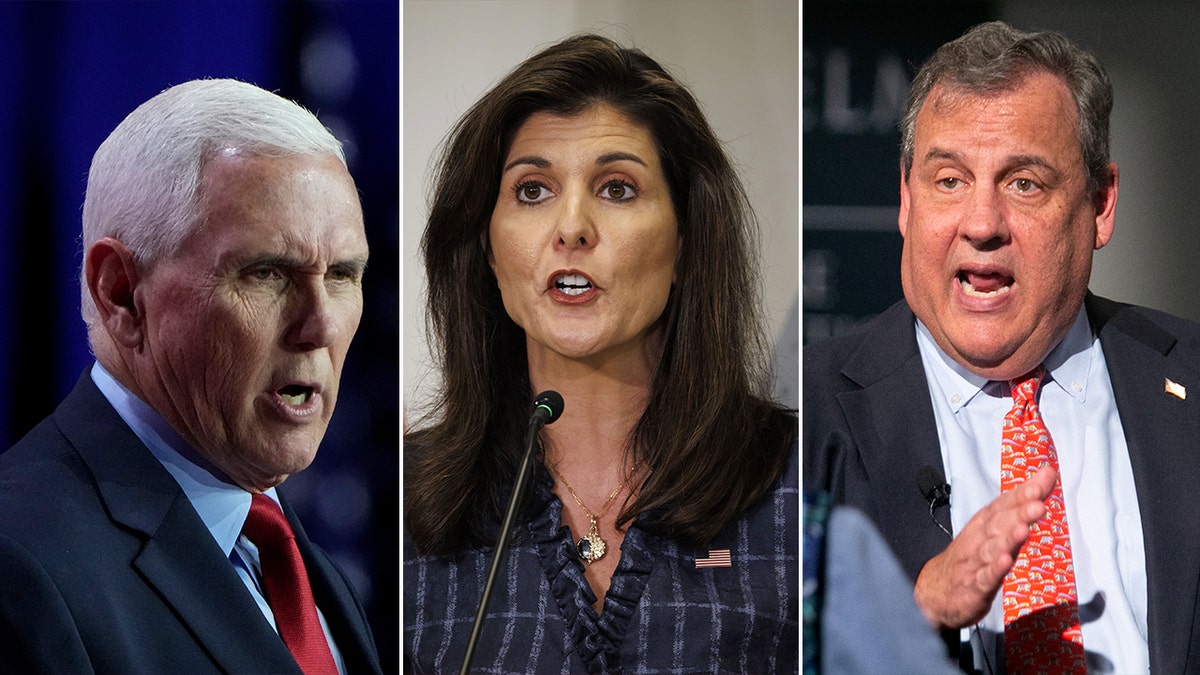Recent Supreme Court decisions, including those on affirmative action, web design services for same-sex weddings, and student loan forgiveness, have reignited discussions about expanding the court. These rulings have drawn criticism from the left, with some advocating for changes to the court's structure and the justices' terms.
Following appointments of conservative justices under former President Trump, calls to reshape the Supreme Court have intensified. While Congress hasn't taken formal action, the recent rulings against the Biden administration have fueled these demands. For instance, Sen. Tina Smith (D-MN) tweeted her support for court expansion in response to the rulings.
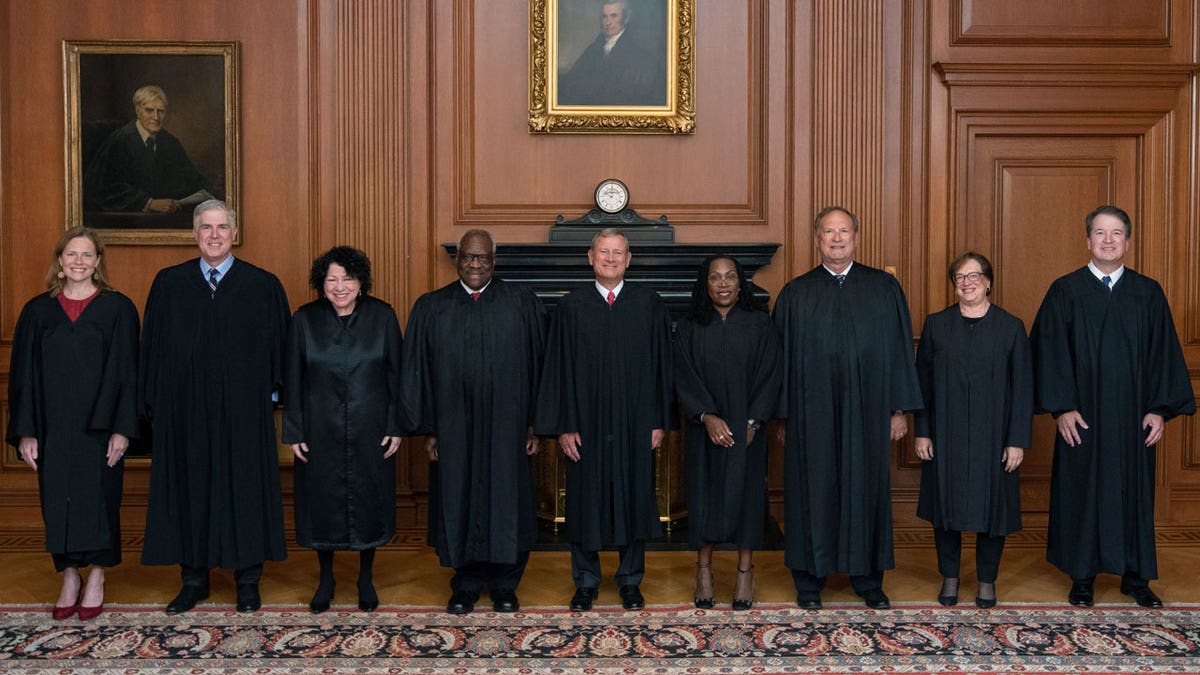
The Supreme Court's recent decisions cover a range of significant issues. (Collection of the Supreme Court of the United States via Getty Images)
President Biden, despite commissioning a study on court expansion, has expressed reservations, stating that such a move could overly politicize the court. While acknowledging his belief that the current court is "too young and too conservative," he cautioned against potential long-term harm from expanding it.
The left's concerns about the court's composition are rooted in several events, including the blocking of Merrick Garland's nomination by then-Senate Majority Leader Mitch McConnell in 2016. This, coupled with the subsequent confirmations of Justices Gorsuch, Kavanaugh, and Barrett under Trump, has fueled accusations of conservatives "stealing" Supreme Court seats.
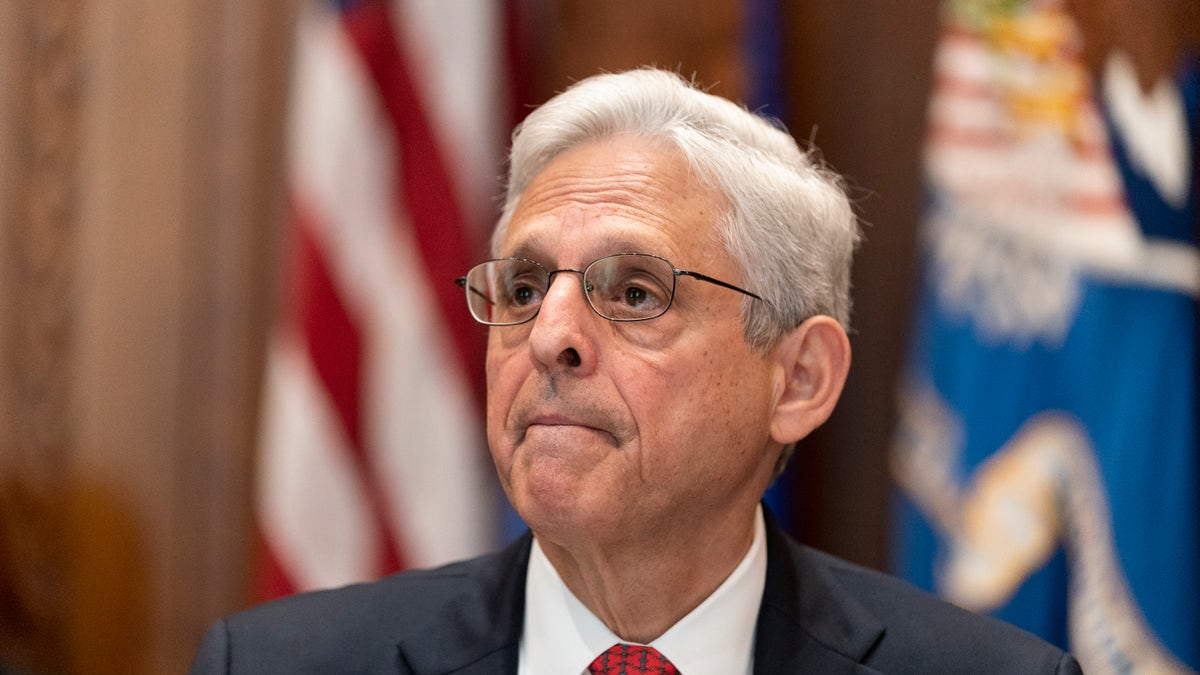
Merrick Garland's Supreme Court nomination was blocked in 2016. (AP Photo/Alex Brandon)
McConnell's justification for blocking Garland's nomination – that the Senate shouldn't confirm a justice in an election year – was seemingly contradicted by his later actions in confirming Amy Coney Barrett shortly before the 2020 election.
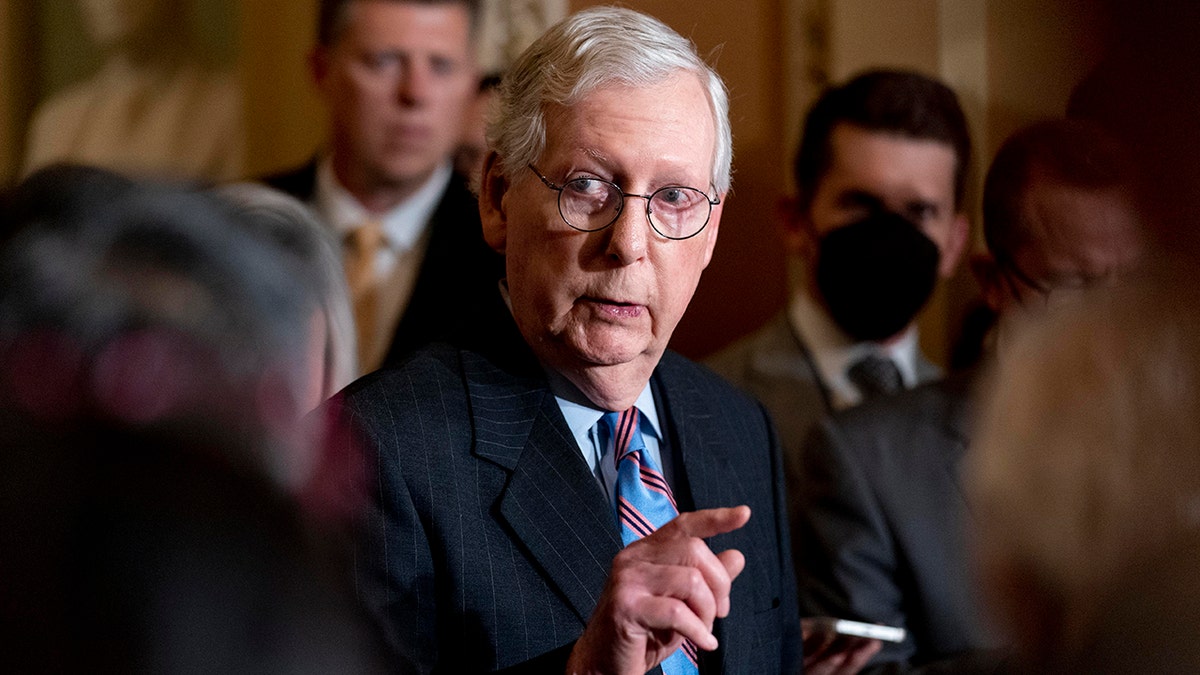
Mitch McConnell played a key role in several Supreme Court confirmations. (AP Photo/Andrew Harnik)
These actions have intensified calls from the left to alter the court's makeup. The court's size, determined by statute rather than the Constitution, is theoretically subject to change. Historical precedents exist for such changes, including adjustments during Lincoln's and Grant's presidencies, as well as FDR's unsuccessful attempt to "pack" the court in 1937.
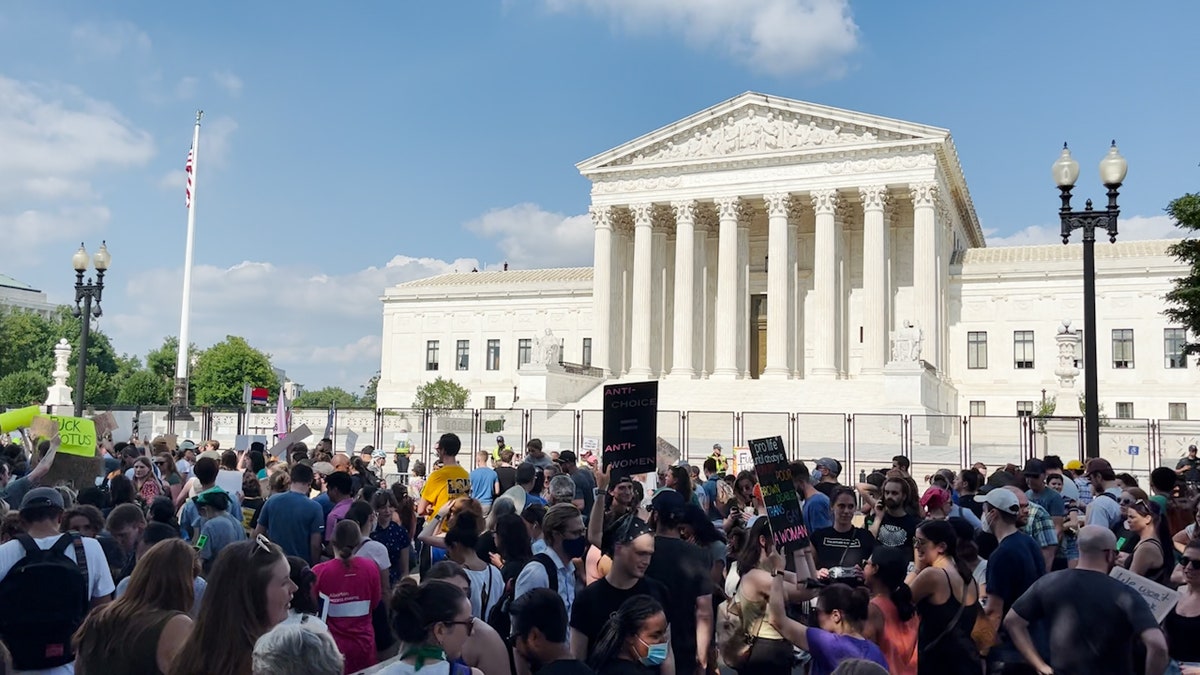
The debate over the Supreme Court's structure continues. (Fox News Digital/Lisa Bennatan)
The current debate reflects long-standing tensions over the court's role and composition, with recent rulings adding fuel to the fire. The dispute over the 2000 election and subsequent appointments of Chief Justice Roberts and Justice Alito further contribute to the ongoing controversy.


